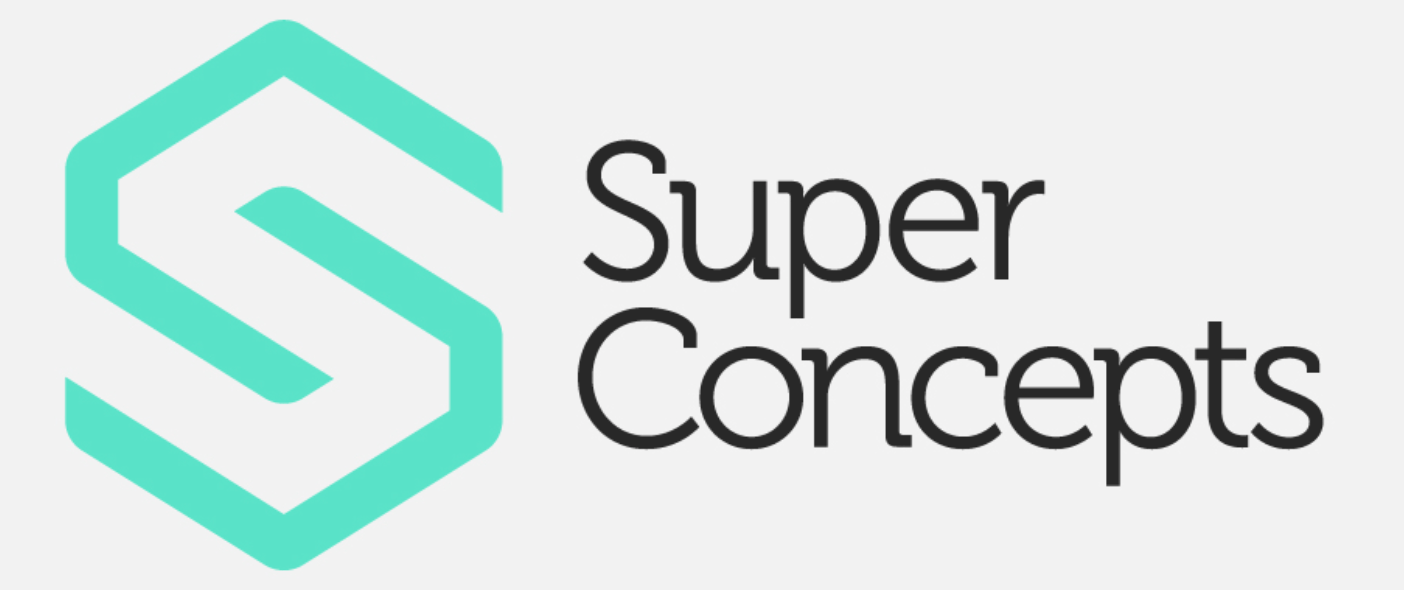5 tips for accountants
BusinessCatching compliance breaches before they happen

As an accountant, you are at the forefront of catching the SMSF compliance breaches of your clients before they mature. This can be a real challenge when the fund details are caught up in Excel spreadsheets or, even worse, a mountain of paperwork.
There are, however, systems that you can use to make your life as a trusted adviser far simpler by giving you greater oversite. Not only can they help catch compliance breaches before they happen, but they can help you manage your time by identifying what needs immediate attention and other issues that can wait until the fund’s accounts are being prepared.
1. Investment strategy
Ensuring the investments of an SMSF remain within the fund’s investment strategy is essential as the trustee is responsible to establish and maintain the strategy. The strategy serves as a long-term plan to assist the trustees in providing benefits to members when they become due and payable.
It’s not something to forget and is required to be reviewed and modified as investment markets and the fund’s plans change over time.
Clients and their accountants can be assisted with systems that highlight variations between the investment strategy and asset allocations that fall outside the set investment range for the fund to meet its long-term objectives. This analysis should be automatic so that the client can adjust the fund’s asset allocation in line with its investment strategy.
Where the variation is material but meets the overall retirement goals and objectives of members, a modification to the strategy may be necessary.
2. Underpaying pensions
Underpaying pensions in an SMSF can be a compliance nightmare as the breach may treat the pension as non-complying. This event may require the pension to cease and the balance returned to the member’s accumulation account so a new pension can restart on 1 July in the next financial year. Pensions that fail to meet the standards lead to unnecessary expenses and taxes in the year of the breach and the commencement of a new pension in the subsequent financial year.
From a compliance point of view, systems that enable professionals and their clients to identify the amount of the pensions that have been drawn from the fund during the year are essential. In addition, users should be able to easily determine whether the amounts withdrawn are to be treated as lump sums, pension payments or pension commutations or, in some cases reimbursement of an expense paid on behalf of the fund. These details assist trustees and other interested parties to undertake a compliance review towards the end of the financial year. This also helps ensure the minimum pension requirements have been met and how other withdrawals from the fund are to be treated.
3. Adding amounts to pensions
Another worthwhile feature of an administration system is to provide a series of ‘red lights’ that prevent a client from making silly and unnecessary mistakes. An example could be where a trustee has attempted to pay contributions directly to a pension they are receiving from the fund and the system provides an error message explaining why it is not possible.
Adding contributions directly to a pension that is in operation is not permitted unless it is first commuted (converted) to the fund’s accumulation account and a new pension is established.
4. Failure to clearly identify payments
Frustrations can be reduced for accounting professionals, clients and fund administrators if, during the financial year, transactions in the fund’s bank accounts are narrated clearly.
Having a system that identifies which payments have not been narrated provides interested parties with the opportunity to complete the relevant details when the action taken by the trustee is fresh in their mind. Typical examples would include lump sums or pension payments or situations where a third party may have been reimbursed for paying expenses on behalf of the fund.
Prior to the end of the year, around May or June, transactions that have not been classified could be highlighted so that the preparation of the fund’s accounts is easier to complete.
5. Reversionary or Non-reversionary pensions
When a member dies it may be difficult to determine whether any pensions paid to a member were reversionary or the member has made a binding death benefit nomination. A quick reference guide on the fund’s dashboard can alert the adviser, trustee or fund’s lawyer of the existence of such a document which includes the member’s decision.
Such as shortcuts can indicate what is available in the fund’s records and provide greater efficiencies in the administration of the fund and the payment of benefits.
These are just 5 of the benefits available by using an administration system that highlights issues that may need attention during the financial year or in the lead-up to preparing the fund’s accounts.
Investing in a specialist SMSF accounting software provides greater viability over your clients' funds and can help catch compliance breaches before they happen.





You are not authorised to post comments.
Comments will undergo moderation before they get published.